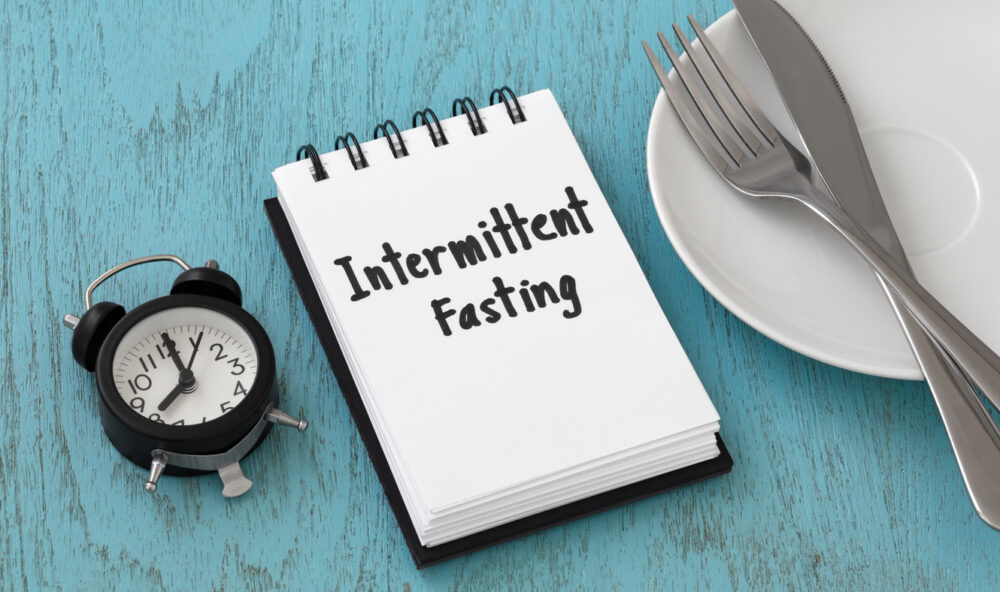What is it?
Intermittent fasting restricts when or how much you eat — and sometimes both. One variation, time-restricted eating, involves eating only during a certain time window, usually eight hours, over a single day. For example, you would eat only during the hours of 9 a.m. to 5 p.m. and then fast during the other 16 hours.
What are some of the recommended ways for intermittent fasting?
Keep in mind that when sleeping, you’re actually fasting. So, you can push your window of fasting out a little longer. We give the below recommended examples that you may want to consider:
- One week: You could do a 12/12 hour window, fasting for 12 hours and eating all your meals within a 12 hour window.
- Second week: You could do a 16/8 hour window, fasting for 16 hours and eating all your meals within the 8 hour window, eating two instead of three meals a day.
- Third week: You could do a 18/6 hour window, fasting for 18 hours and eating all your meals within the 6 hour window, eating two instead of three meals a day.
Benefits of Intermittent Fasting
- Suppresses your appetite
- May improve joint pain
- Helps in weight loss
- Improved energy
- Improved mental clarity and focus
- Helps with sugar and carb cravings
- Helps with inflamation
- Helps with Insulin Resistance
According to human studies done, intermittent fasting has been shown to have major benefits for weight loss, improved cognitive brain function, help with inflamation, help with insulin resistance and to lead to an impressive reduction in blood sugar levels (1, 2, 10 ).
In these human studies on intermittent fasting, fasting blood sugar has been reportedly reduced by 3–6% over the course of 8–12 weeks in people with prediabetes. Fasting insulin has been reduced by 20–31% (10)
How do I stick to the program when doing intermittent fasting?
It can be challenging to stick to an intermittent fasting program.
The following tips may help people stay on track and maximize the benefits of intermittent fasting:
- Staying hydrated. Drink lots of water and calorie-free drinks, such as coffee, herbal teas, and electrolytes throughout the day.
- Avoiding obsessing over food. Plan plenty of distractions on fasting days to avoid thinking about food, such as catching up on paperwork or going to see a movie.
- Resting and relaxing. Avoid strenuous activities on fasting days, although light exercise such as walking or riding your bike may be beneficial.
- Making every calorie count. If the chosen plan allows some calories during fasting periods, select nutrient-dense foods that are rich in protein, fiber, and healthful fats. Examples include meats, eggs, fish, seafood, nuts, and avocado.
- Eating high-volume foods. Select filling yet low-calorie foods, which include popcorn, raw vegetables, and fruits with high water content, such as water melon. Other beneficial fruits that fall into the Keto (WOE) include strawberries, blueberries, raspberries, blackberries, oranges, apples, and pears.
- Increasing the taste without the calories. Season meals generously with garlic, herbs, spices, or vinegar. These foods are extremely low in calories yet are full of flavor, which may help to reduce feelings of hunger.
- Choosing nutrient-dense foods after the fasting period. Eating foods that are high in fiber, vitamins, minerals, and other nutrients helps to keep blood sugar levels steady and prevent nutrient deficiencies. A balanced diet will also contribute to weight loss and overall health.



